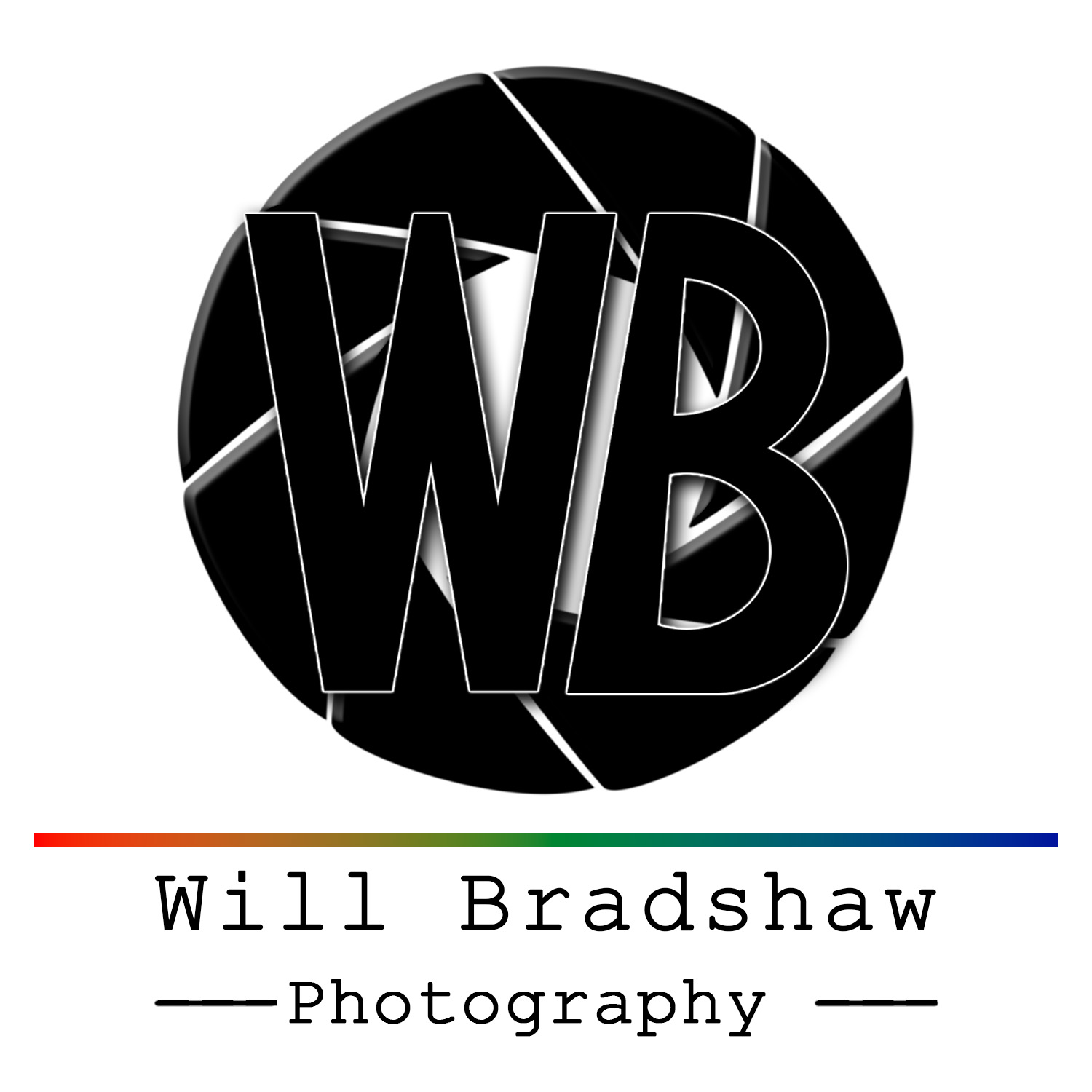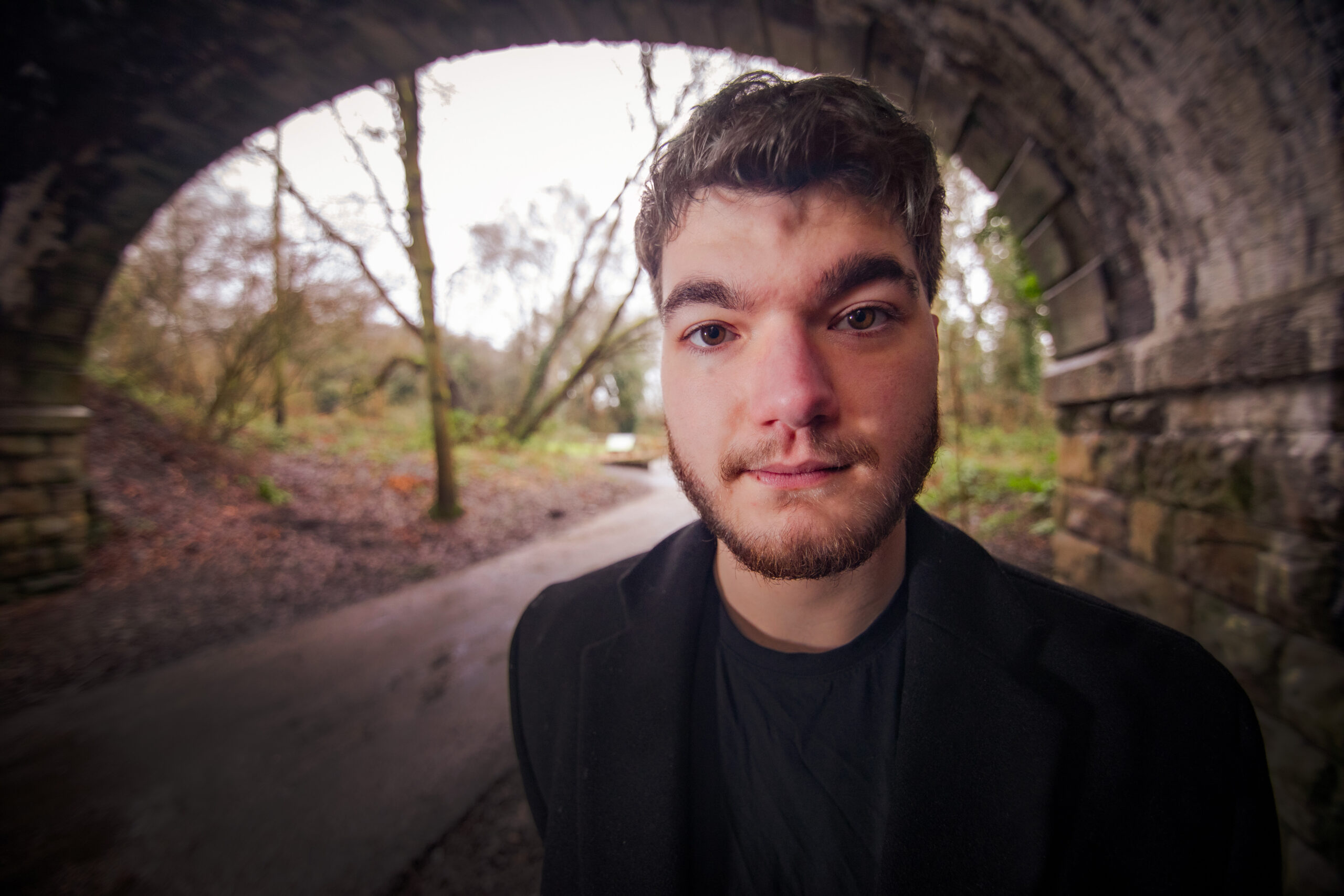Editing is a crucial part of photography, but it’s often misunderstood. Some people assume editing means completely changing an image—smoothing skin to perfection, adding artificial backgrounds, or creating something that looks more like an illustration than a photograph. While there’s a place for those styles, my approach is different. In my approach to editing I focus enhancing what’s already great about an image while keeping it as natural as possible.
If you’re curious about how I edit my photos—whether it’s corporate headshots, product photography, or editorial portraits—here’s an inside look at my process and philosophy.
1. The Goal: A Polished Yet Authentic Look
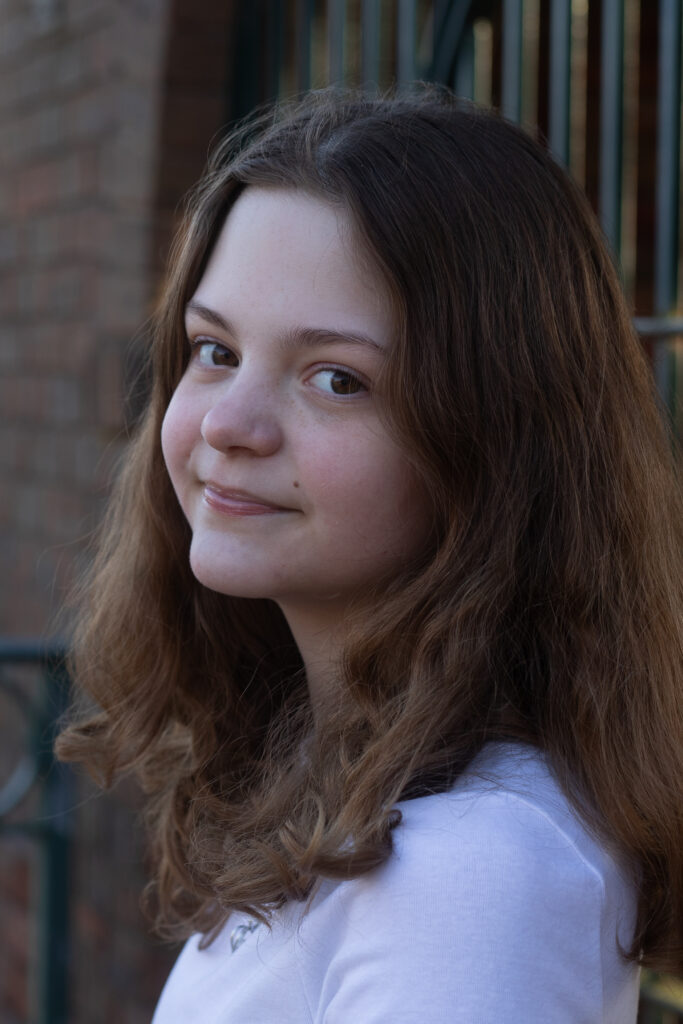
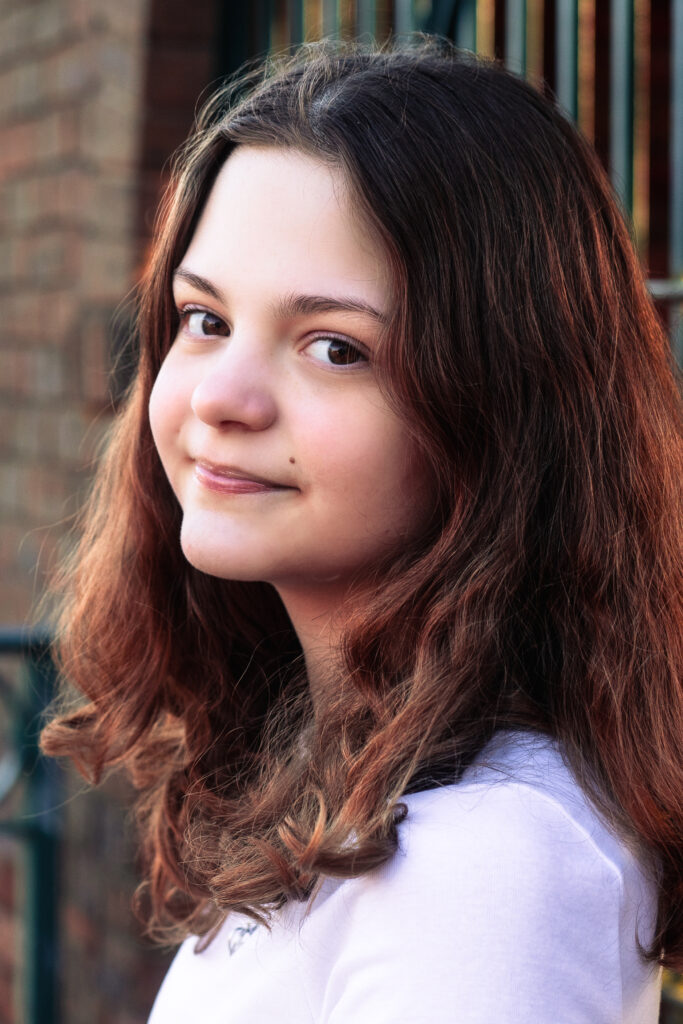
Before
After
When I edit, my primary goal is to create images that look professional, refined, and true to reality. I want my clients to recognize themselves in their photos—not to feel like they’ve been airbrushed into someone else.
In this edit, my goal was to enhance the warmth and mood of the image while keeping Amy’s portrait looking natural. The original shot was taken on a cold day, and her skin had a slight redness from the chill. To balance this, I muted the red tones in her complexion while maintaining a natural, healthy glow. At the same time, I introduced warmer tones to create a golden-hour effect, making the image feel more inviting. Her hair was another key focus—I brought out the rich auburn highlights to add depth and complement the warm lighting effect. To ensure her eyes remained a focal point, I subtly brightened them and enhanced the catchlight, making them more engaging without looking over-processed. I also adjusted the contrast to bring out the texture in her hair while keeping her skin soft and natural. The background colours were slightly deepened to match the warmth of the edit, creating a more cinematic and cohesive look. Overall, this edit transformed the image from a cool, overcast setting into something that feels like it was captured during a golden sunset, demonstrating how subtle enhancements can elevate an image without making it look artificial.
For headshots and portraits, this means:
- Correcting lighting and color to bring out natural skin tones.
- Minimizing distractions such as stray hairs, blemishes, or dust on clothing.
- Subtle retouching that enhances features without making them look unnatural.
2. Enhancing, Not Replacing
One of the key principles in my editing workflow is that I enhance details rather than replace them.
For example:
- In corporate headshots, I won’t reshape someone’s face, but I may soften under-eye shadows caused by harsh lighting.
- In magazine portraits, I’ll adjust contrast and exposure to make the subject stand out while keeping a natural depth to the image.
- In product photography, I refine reflections and highlights rather than artificially adding fake lighting effects.
This keeps images honest, professional, and effective without crossing into unrealistic territory.
3. The Power of Subtle Adjustments
Sometimes, the smallest tweaks make the biggest difference.
For instance, in a recent magazine shoot, I worked with a business leader in an outdoor location. The lighting wasn’t ideal, so in my approach to editing, I adjusted the highlights and shadows to create a balanced exposure. The difference? A clean, sharp image that looks like it was taken in perfect conditions—even though the weather wasn’t cooperating on the day.
4. Background Tweaks Without Looking Artificial
There are times when replacing a background is necessary—maybe the setting wasn’t ideal, or the client wants a more polished look. When I do this, I make sure that:
The lighting on the subject matches the lighting in the new background.
Shadows and depth are carefully considered so the person or product doesn’t look “pasted in.”
The final image still feels believable and natural.
If you’ve ever seen a bad cut-out job where someone looks like they’re floating, you’ll know how important these details are!
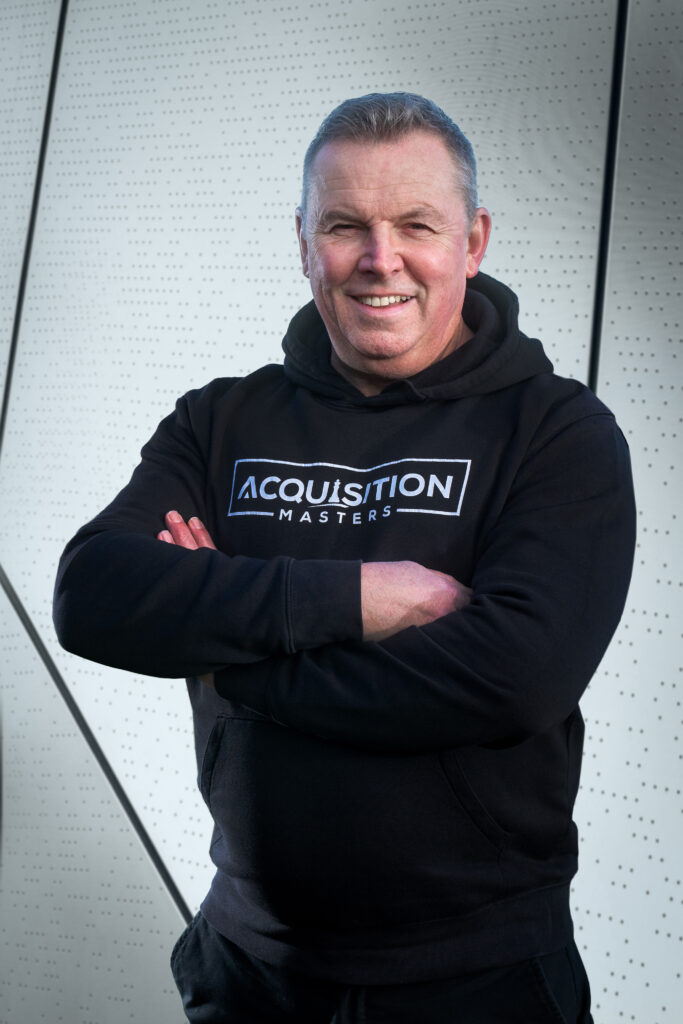
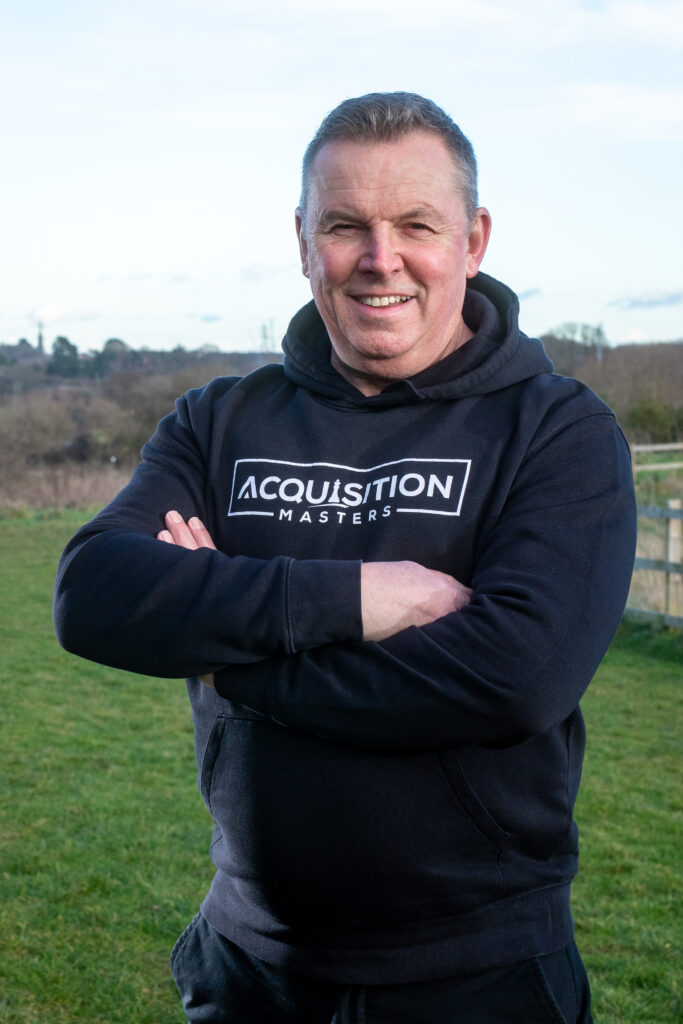
An example of a background replacement. At first glance, can you tell which is the original and which is the replaced background?
5. Keeping the Client’s Needs in Mind
At the end of the day, my editing style is guided by what my clients need the images for. A LinkedIn headshot will have different retouching requirements than an editorial magazine portrait. A high-end product photo might require more refinement than an Airbnb listing image meant to look inviting and lived-in.
By understanding the purpose of the images, I tailor my editing to create the best results for each use case.
Editing should enhance, not misrepresent. My approach to editing philosophy is simple: keep it natural, keep it professional, and always bring out the best in the original shot.
If you’re looking for photography that balances authenticity with polish, let’s chat. Whether you need a headshot, branding images, or high-quality product photography, I’d love to help you create visuals that stand out for all the right reasons.
